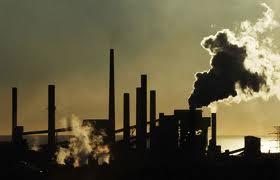"All countries will be affected by climate change, but
the poorest countries will suffer earliest and most"
Stern Review: Economics of Climate Change, 2007
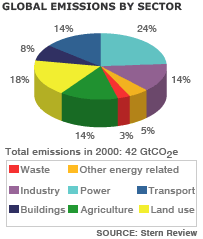
Climate change like energy shortage poses significant threat to global economy development. General scientific consensus points to human activities as a major contributor to greenhouse gas. Over 66% of global greenhouse gas emissions comes from hydrocarbon fossil fuels and biomass in form of electric power plants, internal combustion engines of transport vehicles, industrial processes, or household energy consumption such as conventional lighting appliances. Agriculture, land-use changes including non-energy forest logging and waste disposal account for the remaining 33% of global greenhouse gas emissions.
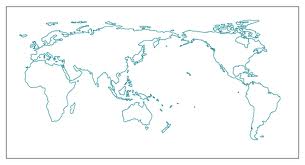
Insight...
According to scientific finding, whilst all countries will be affected by climate change, the poorest countries will suffer most. Therefore, at the global level, the challenge is how to achieve energy need in a responsible and sustainable way that significantly reduces total emission of greenhouse gas. For developing nations, especially in sub-saharan Africa where energy shortage has impeded economic growth, the challenge is to strike a balance between significantly increasing energy access and forging a path to low-carbon adaptation that includes exploring the huge renewable energy potential which the continent is abundantly endowed.
Clean Development Mechanism
The Clean Development Mechanism is a project based mechanism with the goals of reducing emission targets of Annex1 parties and accelerating sustainable development whilst reducing greenhouse gas in non-Annex 1 countries through the transfer of environmentally friendly technology and knowledge from industrialised nations to developing economies. Under the clean Development Mechanism, eligible Annex 1 parties get the opportunity to meet their emission commitment by purchasing emission credits (CERs) generated from project hosted in Non- Annex1 countries.
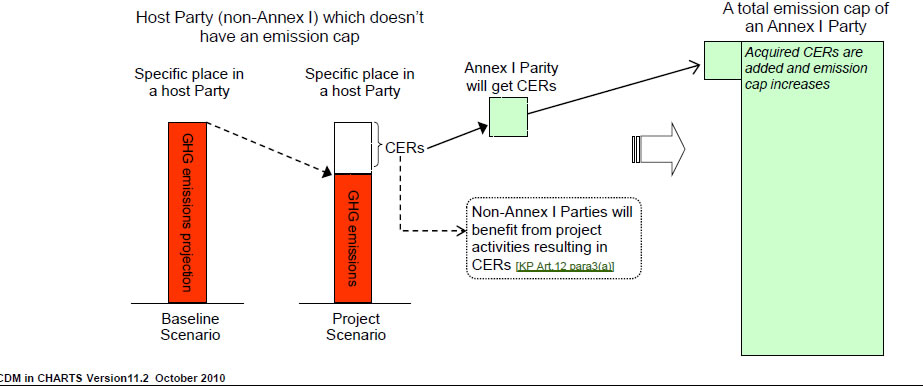
Joint Implementation
The objective of the Joint Implementation Mechanism is to transfer emission credits (ERU) between Annex 1 Parties in order to meet compliance requirements set by the Koyoto Protocol. Under the JI mechanism, Annex 1 Parties with emission caps can meet their emission targets by investing and developing emission reduction projects in other Annex 1 countries (host country). As the host country also has emission cap that must be met under the Kyoto Protocol, any project activity shall reduce emissions in the host country without changing the emission cap allocated to the host country under the Protocol. The projects generate credits based on the emission reduction achieved from the project activity and the investing Annex1 country will acquire any resulting emission credits from the project .
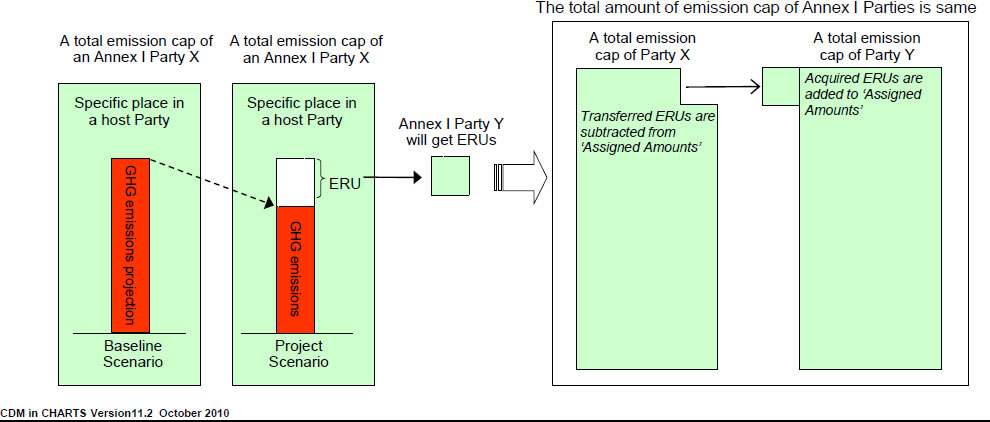
International Emission Trading
The international emission trading scheme allows the trading of Kyoto Protocol units including CERs, ERUs and unused emission units (from the assigned amounts) between Annex 1 Parties. The scheme allows Annex B Parties of the Kyoto Protocol with emission unit to spare to sell their unused emission units to other Annex B Parties that are over their emission targets. The scheme facilitates a competitive market for emission trading which can help Annex 1 Parties to reduce the total cost of meeting their emission targets.
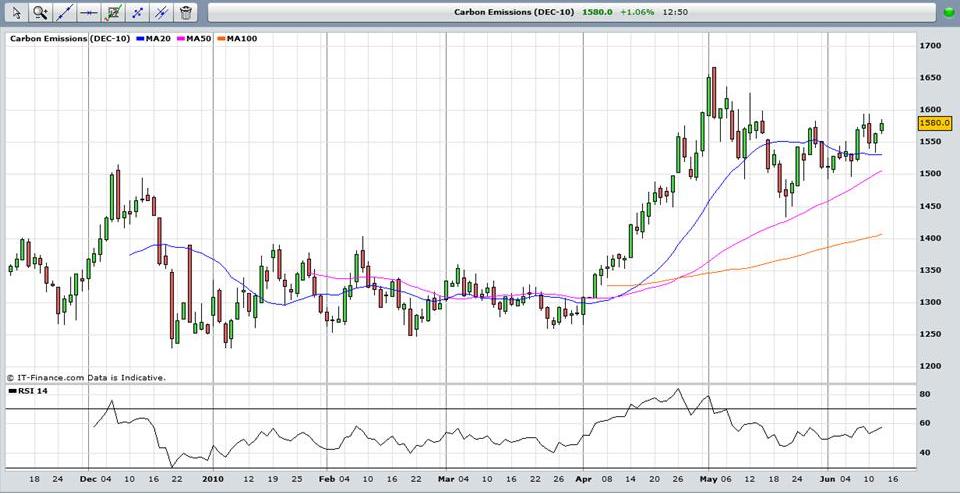
Africa
Americas
Asia
Europe
